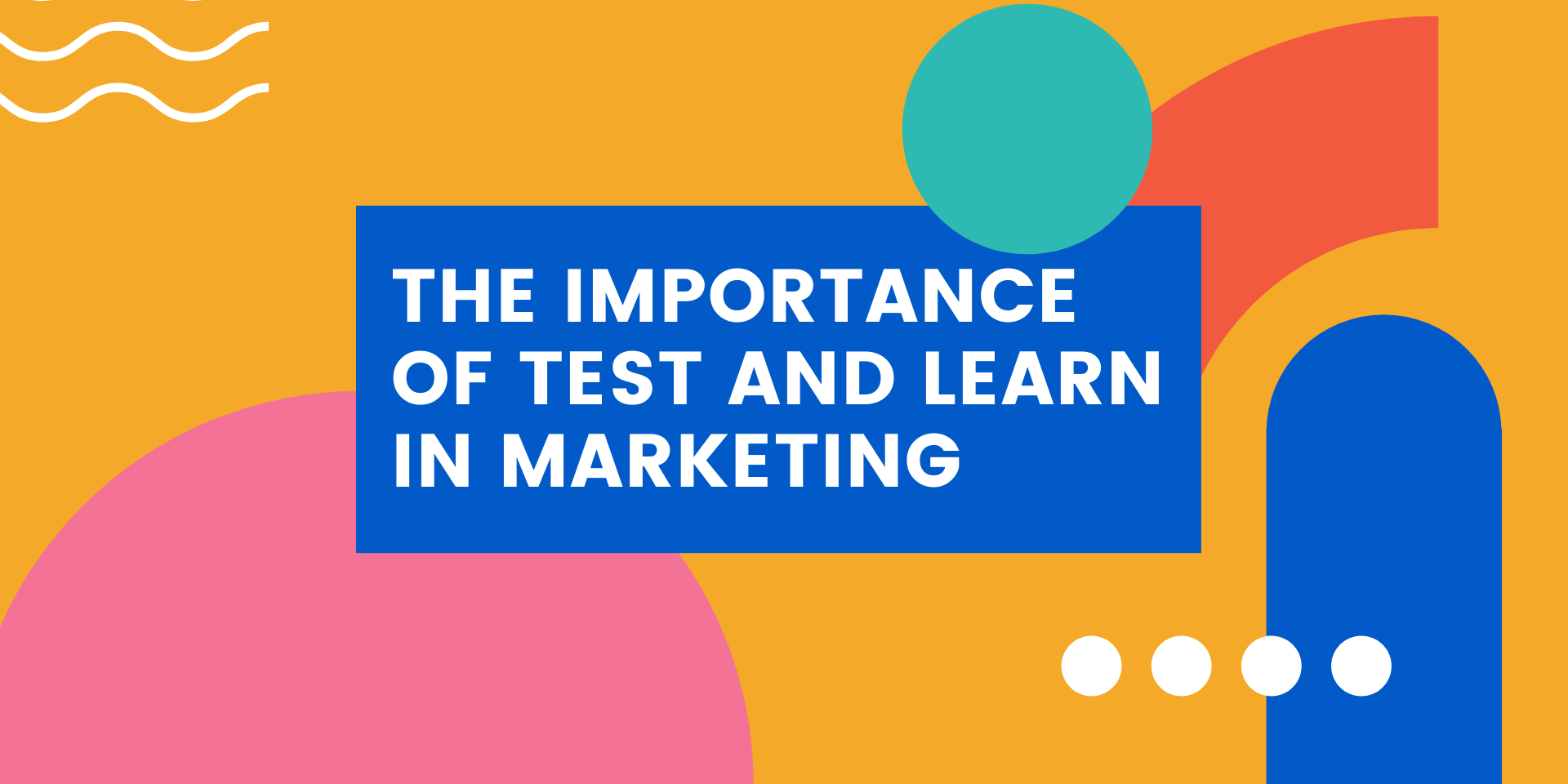Table of Contents
The importance of test and learn in marketing
Data-driven digital marketing has grown to become an aspirational principle for organizations with a continued increase in global media spending (at $665 billion this year and growing to $855 billion as soon as 2023) and there is a further need to align this media impact with business outcomes through putting more scrutiny on responses for certain media plans, primarily in the agitated and influential markets, spreading over various industries like automotive, financial services, retail, e-commerce, CPG, and travel verticals.
A study carried out by Kantar Group in 2019 revealed, “approximately 47% of data-driven advertisers do not possess the confidence to derive meaningful insights from their data.” This suggests, almost half of specialists in one of the most data-driven businesses feel they’re not proficient in gaining the most value from data. Marketing experiments appear to be satisfying on paper, but beyond the scope of short-term publisher-specific A/B tests, a lot of businesses struggle with even the basics.
The test and learn culture to the rescue
Ads testing is one of the most effective ways to use measurement to make better, data-driven decisions and improve the performance of your ad campaigns. The test and learn concept is a product of data science that allows organizations to convert test insights into hypotheses and then test those theories to prove their value. This normally occurs in two steps:
- Step 1 – Testing: Instead of relying on correlative insights, you could attribute meaningful KPIs to each campaign, measure performance, and test variations to determine which strategy is most effective.
- Step 2 – Learning: The learning aspect can be as simple as finding out which hypotheses are correct from previous experiments (and their data) to create new hypotheses or determine which testing opportunities generate the highest ROI.
Cumulatively, these tests run a successful conversion optimization strategy while revealing patterns that may help influence future marketing decisions. The test result may also guide marketers to make forecasts about future outcomes or hold a potential advantage of new testing opportunities. To use testing more efficiently, consider it as lift studies, a medium to help make longer-term imperative decisions. Although, you may ask for direction.
How is test and learn in marketing beneficial to you?
Test and learn in marketing forecasts the actual market for a product/service. You can speed up the process and find out what your best prospects want the most and how you can deliver on those desires by developing an internal culture of experimentation. The transfer to a test-and-learn culture is not a smooth shift. According to Gartner, test and experimentation marketing is a top priority for high-performance companies. Here are our recommendations of the crucial benefits of having a test and learn culture:
1. Curtailment of abundant opinions and guesswork from marketing executions
Guided by recorded and reported customer insights, the marketing approach becomes clear for improving effectiveness across advertising, web, and mobile initiatives. Marketers no longer have to speculate high or low demand but can forecast near-perfect demands based on data derived from previous trends.
2. The knowledge to respond swiftly to changes in customer expectations and competitors’ augmentations
Flexible testing methodologies expedite your capability to appraise the value of perceived competitors’ augmentations while minimizing your market vulnerability. Having a test and learn ecosystem keeps marketers ready for competition and responds to consumer perceptions of higher goodwill of competition. Marketers with the testing ecosystem can jump in with the previously recorded data and deliver to consumer expectations accordingly without having the risk of redoing a large chunk of consumer interface and failing. The testing ecosystem points out the exact elements that customers would love to experience.
3. Safeguard against disruptive intimidations and new revenue streams
Teams that test all or most hypotheses whether conservative or outrageous, increase their possibility of unveiling a clandestine revenue gem. Testing also reveals new growth opportunities, some of these opportunities would have already ceased to have existed but might have been overlooked by the marketers. For example, a marketer might be considered a premium product as a cash cow but conducting regular tests over the market can reveal opportunities for star products or even a new line of cash cow products. Testing with data-driven for visitors helps marketers pinpoint these small opportunities that may have a very high potential.
The future of test and learn in marketing
The best way forward for marketing leaders to be more data-driven is to invest in a test and learn in marketing approach and thus building a test-and-learn culture. According to Jane-Anne Mennella, Senior Director Analyst, Gartner for Marketers, organizations that are successful embrace the benefits that a test-and-learn culture delivers through data-driven decision-making, formed from the feedback of actual customers and prospects.
Test and learn ecosystem, cultivates a practice in which team members are armed with the right skills, incentives, processes, and tools to incorporate marketing experiments and to be truly data-driven in actions and not just words.
You don’t have the resources to focus on a test and learn approach at the moment?
We understand that. Especially if you are starting your own business, you can’t afford to focus entirely on test and learn in marketing. This is why Nanos is a great tool for you. With Nanos, you can create and run campaigns on several platforms and let the technology optimize all the variables for you.
Find out more about Nanos in our product walkthrough!















